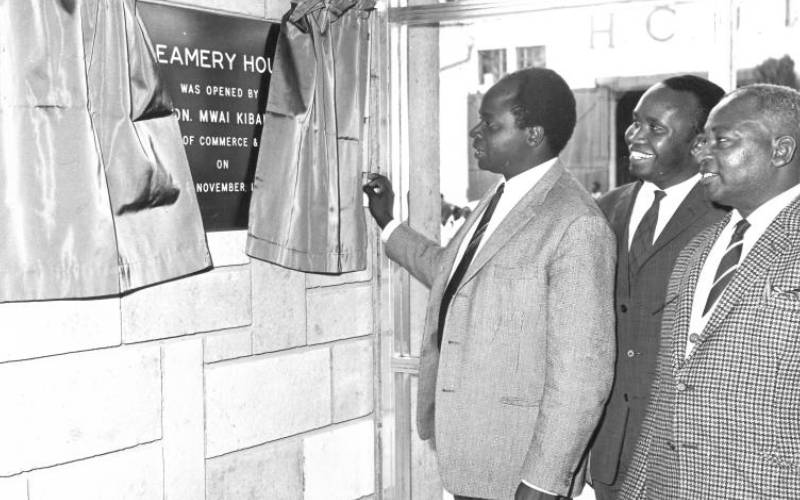×
The Standard e-Paper
Join Thousands of Readers

Commerce and Industry Minister Mwai Kibaki unveiling a plague during the opening of a new KCC plant, November 1968. [File, Standard]
There was a time pioneers who shaped Kenya’s infrastructure and industries dreamed big. The annals of history are full of such revolutionary dreams and although not all of them materialised, a number were actualised and, for a time, delivered Kenyans from darkness and want.